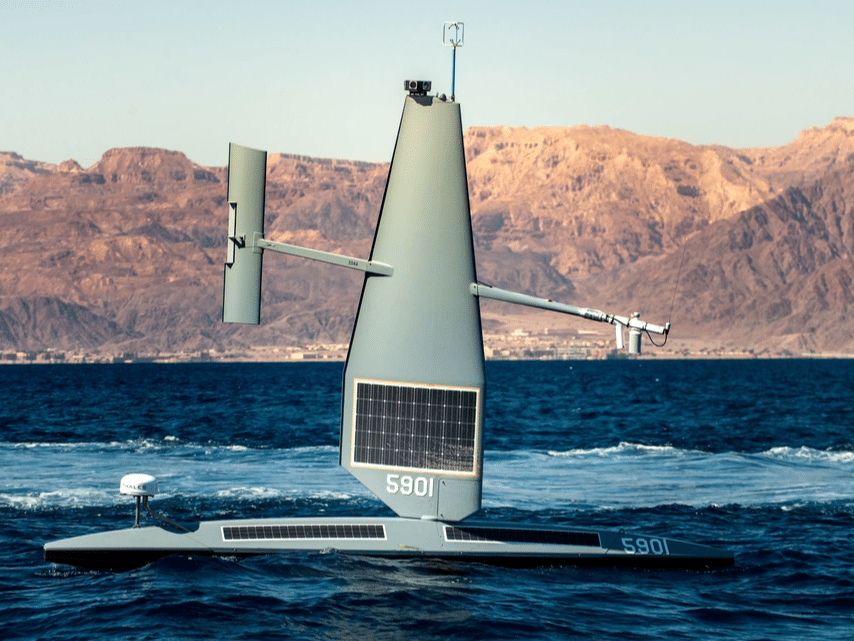Baltic Sea Drone Surveillance: NATO Enhances Naval Monitoring Strategy
NATO has launched a new Baltic Sea drone surveillance operation using autonomous maritime systems to monitor naval activity. As Russian warship movements increase in contested waters, this initiative represents a pivotal shift in how the Alliance secures its eastern maritime flank.
NATO’s Drone Deployment Strengthens Maritime Situational Awareness
Led by Germany and supported by Denmark, France, Norway, and the UK, the mission leverages cutting-edge unmanned systems for real-time tracking. These trials, conducted off Estonia’s coast, are part of NATO’s DIANA program and reflect growing emphasis on joint operational integration.

Autonomous Maritime Patrol: Boosting Baltic Sea Monitoring Capabilities
The drones—both surface and underwater—operated under a shared AI-based command center in Tallinn. NATO officials emphasized that this real-time collaboration enhances detection and interoperability without escalating presence, making it ideal for persistent surveillance in the Baltics.
Why Drone-Based Surveillance Matters for the Baltic Region
The Baltic Sea, flanked by NATO’s eastern members, is increasingly critical to European security. This surveillance operation improves early-warning capabilities and reduces reliance on conventional systems. The ability to track naval traffic discreetly is central to NATO’s deterrence posture.
DIANA Innovation Program: Supporting Dual-Use Naval Technology
With over €1 billion pledged by NATO’s Innovation Fund and over 70 startups engaged through DIANA, the Baltic initiative benefits from significant technological backing. The drones tested in this operation are part of broader R&D efforts across AI, autonomy, and underwater sensing.
Strategic Takeaway: NATO Prepares for Hybrid Maritime Challenges
As gray-zone maritime tactics increase in frequency, NATO’s investment in intelligent surveillance tools reflects an adaptive doctrine. The Baltic Sea drone surveillance tests show how allied forces can maintain strategic readiness while minimizing conflict escalation risk.
This operational model may soon be replicated in the Black Sea or Mediterranean, where similar surveillance and early detection needs are emerging.
Further Reading
Internal Link: Explore how Türkiye’s defense industry uses AI in maritime surveillance








